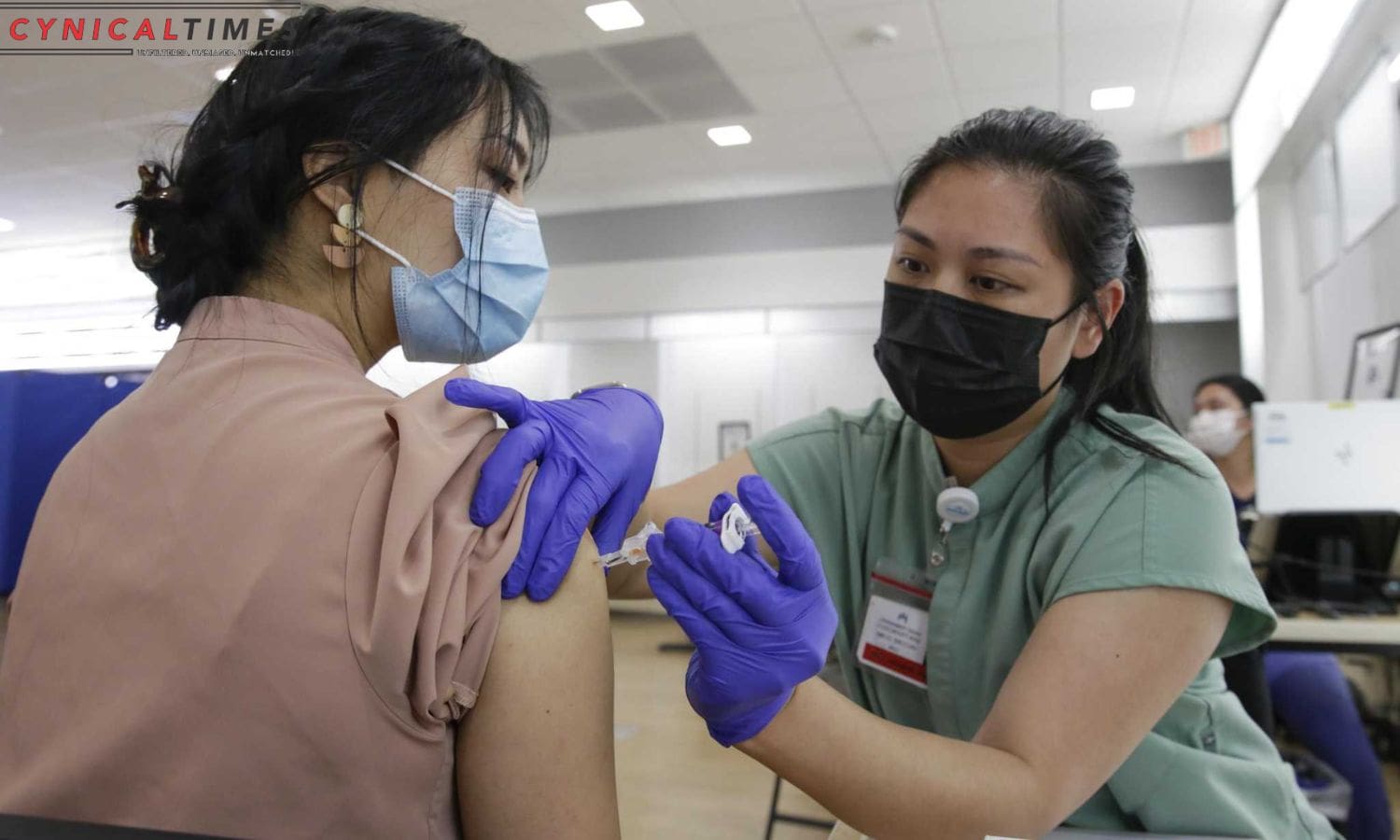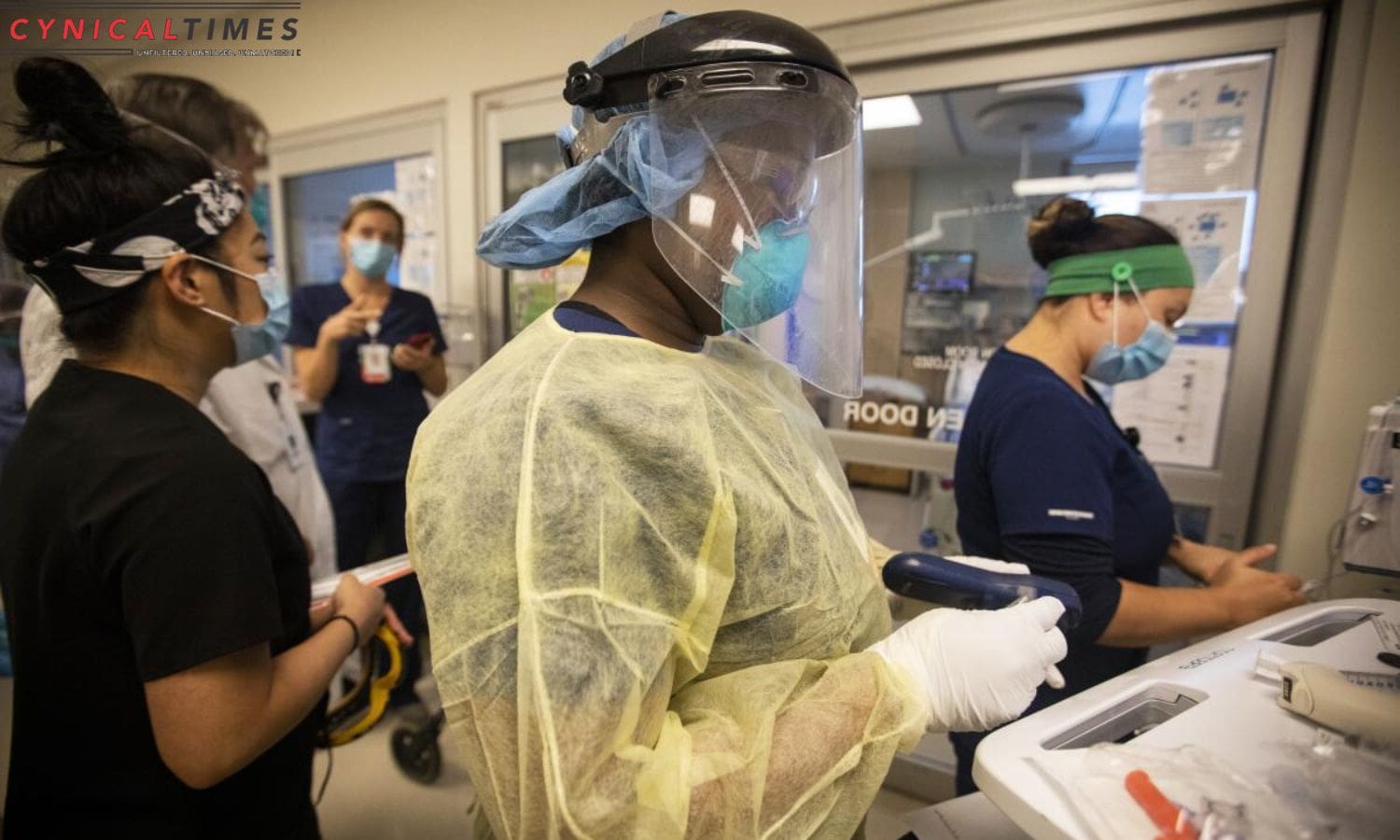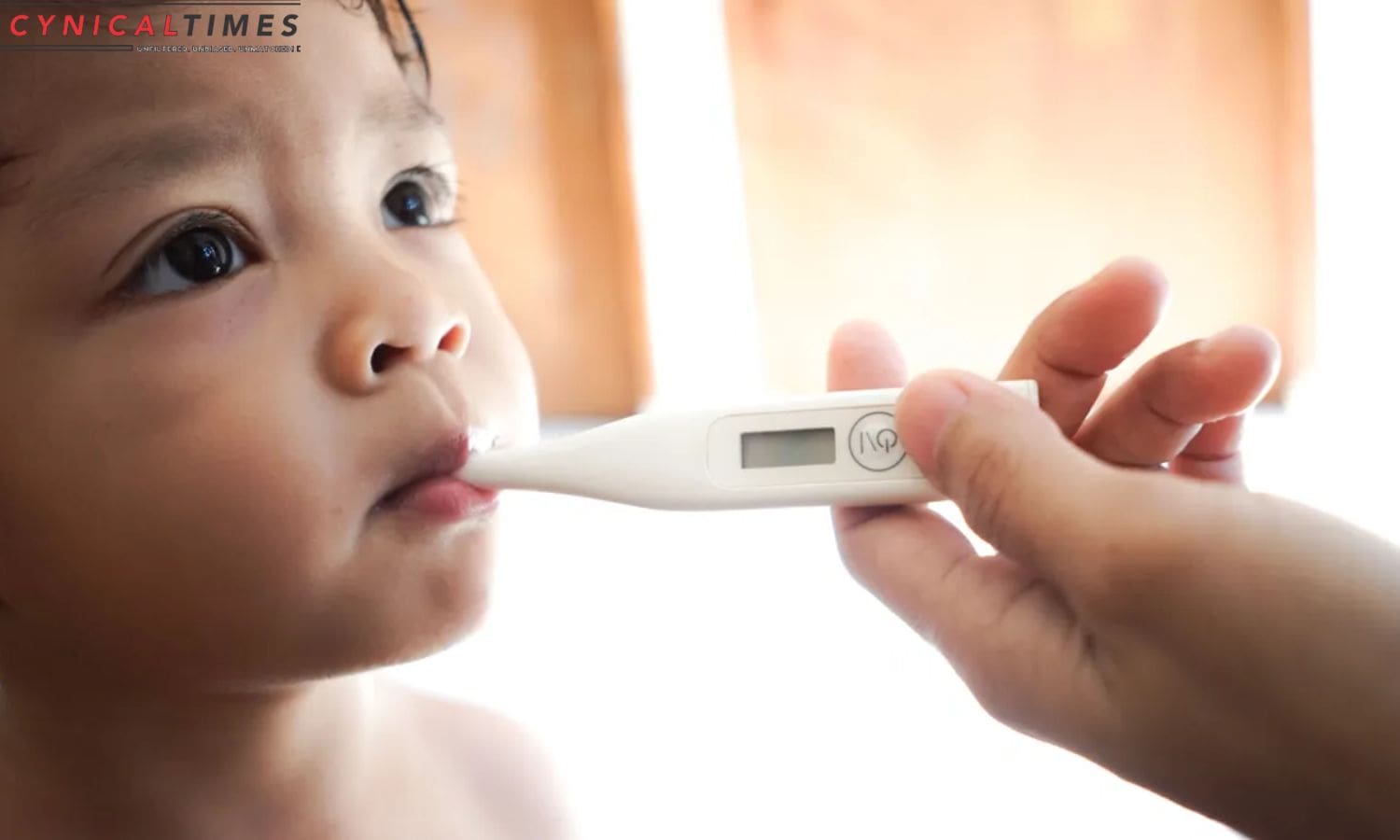Bay Area Wastewater: In the wake of the holiday season, the Bay Area is experiencing a concerning surge in respiratory illnesses. This includes not only the ongoing COVID-19 pandemic, but also the resurgence of flu cases and the emergence of RSV.
The latest analysis of the region’s wastewater has unveiled these alarming trends, posing a significant challenge to the local healthcare system.
The implications of these surges and highlights the urgent need for testing and vaccination efforts to combat these respiratory viruses effectively.
Key Takeaways Of Bay Area Wastewater
- Post-holiday surge in respiratory illnesses is a recurring pattern in the Bay Area.
- The JN.1 variant, with unique genetic mutations, is causing increased COVID cases in the Bay Area.
- San Jose is grappling with elevated levels of COVID, flu, and RSV cases, putting strain on the healthcare system.
- Vaccination and preventive measures, along with a robust healthcare infrastructure, are crucial in mitigating the impact of respiratory illnesses in the Bay Area.


Also Read: San Jose Welcomes New Year Firstborn: Baby Albert’s Arrival
Post-Holiday Surge in Respiratory Illnesses: A Recurring Pattern
The post-holiday surge in respiratory illnesses in the Bay Area has become a recurring pattern, as evidenced by the recent surge in COVID, RSV, and flu cases unveiled in the region’s wastewater. This trend highlights the impact of holiday celebrations on the spread of respiratory illnesses.
After holidays, such as Thanksgiving and Christmas, people tend to gather in large groups, increasing the risk of transmission. Additionally, travel during these periods further facilitates the spread of viruses. The close proximity and increased social interactions during holiday festivities create ideal conditions for respiratory illnesses to thrive.
The surge in cases identified in the wastewater indicates that these illnesses are not limited to diagnosed individuals, but have a wider community impact. Understanding this recurring pattern is crucial for public health officials to effectively plan and implement preventive measures to mitigate the post-holiday surge in respiratory illnesses.
Bay Area’s Rising Concern: JN.1 Variant and Elevated COVID Levels
Amidst growing concerns in the Bay Area, the JN.1 variant has been associated with elevated levels of COVID in the region. This emerging variant, which has been detected in several cases, is causing alarm among health officials and residents alike.
Here are five key points to understand about the situation:
- The JN.1 variant is a new strain of the coronavirus that has unique genetic mutations, potentially making it more transmissible and resistant to certain treatments.
- Preliminary studies suggest that the JN.1 variant may be linked to increased COVID cases in the Bay Area, leading to a rise in hospitalizations and strain on the healthcare system.
- Experts are closely monitoring the spread of the JN.1 variant and working to understand its potential impact on vaccine effectiveness and the development of future variants.
- Public health measures, such as mask-wearing, social distancing, and vaccination, remain crucial in mitigating the spread of the JN.1 variant and protecting the community.
- Ongoing genomic surveillance and testing are essential in identifying and tracking the prevalence of the JN.1 variant to inform public health strategies and interventions.
San Jose Grapples with Respiratory Challenges: COVID, Flu, and RSV
San Jose is currently facing respiratory challenges, including elevated levels of COVID, flu, and RSV cases, which have added to the growing concerns in the Bay Area.
In Santa Clara County, which encompasses San Jose, there has been a notable increase in COVID-19 infections, with the JN.1 variant being a major cause for concern. Concurrently, there has been a rise in influenza and respiratory syncytial virus (RSV) cases.
These respiratory illnesses are placing a significant burden on the healthcare system, with hospitals and medical facilities struggling to cope with the surge in patients.
The co-occurrence of these respiratory challenges is compounding the strain on public health resources and underscoring the importance of vaccination, preventive measures, and robust healthcare infrastructure to mitigate the impact of these respiratory diseases.


Beyond COVID: The Broader Respiratory Health Challenge
Elevated levels of COVID, flu, and RSV cases in the Bay Area highlight the broader respiratory health challenge beyond COVID. As Dr. George Rutherford points out, it is crucial to acknowledge the nationwide trends in influenza and RSV cases and hospitalizations. The current situation calls for a comprehensive understanding of the respiratory health challenges faced by communities. Here are five key aspects to consider:
- Interactions between COVID, flu, and RSV: Understanding how these respiratory illnesses interact and potentially exacerbate each other is crucial for effective public health strategies.
- Impact on vulnerable populations: Identifying and addressing the specific vulnerabilities of high-risk groups, such as the elderly, young children, and individuals with underlying health conditions.
- Healthcare system capacity: Ensuring that hospitals and healthcare providers have the resources and capacity to handle surges in respiratory illness cases.
- Vaccination efforts: Encouraging widespread vaccination against COVID, flu, and RSV to reduce the burden on healthcare systems and protect vulnerable populations.
- Public health messaging: Promoting clear and accurate information about respiratory illnesses, prevention measures, and available healthcare resources to empower individuals to make informed decisions.
Urgency in Testing and Vaccination: A Dual Approach to Combat Respiratory Viruses
Regularly testing and prioritizing vaccination efforts are essential in effectively combating respiratory viruses.
As respiratory illnesses such as RSV, flu, and COVID continue to pose a significant threat, a dual approach of testing and vaccination becomes crucial.
Testing allows for early detection, identification, and isolation of infected individuals, preventing the further spread of the virus. It helps in tracking the prevalence of respiratory viruses in communities and provides valuable data for public health interventions.
On the other hand, vaccination plays a vital role in preventing the onset of these illnesses, reducing the severity of symptoms, and minimizing hospitalizations and deaths.


Conclusion Of Bay Area Wastewater
The Bay Area is currently experiencing a surge in respiratory illnesses, including COVID-19, RSV, and the flu. This post-holiday pattern is a cause for concern, especially with the emergence of the JN.1 variant of COVID-19.
San Jose is particularly grappling with these challenges. It is crucial to prioritize testing and vaccination efforts to combat these respiratory viruses and ensure the overall respiratory health of the community.

